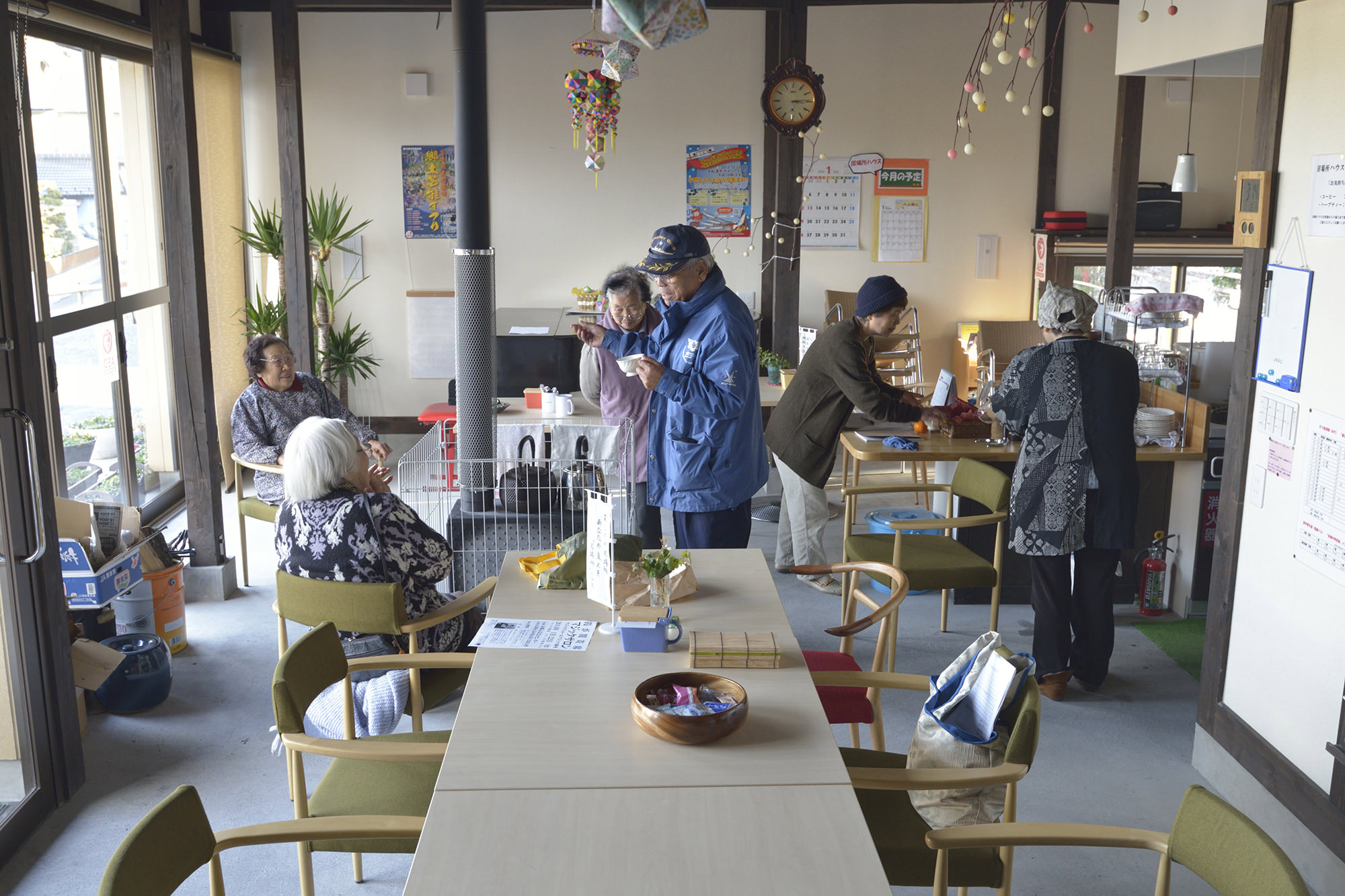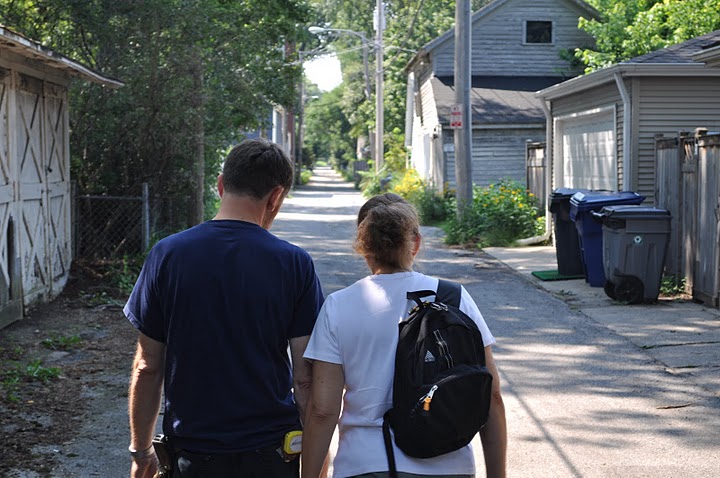I attended the “new aging” conference at University of Pennsylvania over the weekend and left there with a lot of thoughts. This conference organized a series of inspiring sessions with amazing speakers. They were not the typical speakers in aging conferences, and gave me an opportunity to learn different perspectives of design for aging.
The clear distinction between the stylistic architects and me was that I tend to look at the housing for elder issue as a holistic view, which means that I start by talking to the people who will live and work there to find out what they need rather than starting with a preconceived idea about the space. Some designs were beautifully done, and I was very impressed by the creativity of the designers, yet I could not picture myself happily living there.
While I was talking to one of the architects about the beautifully designed senior care home he presented, I asked if he would like to live in the space. He paused a bit, and said, “That is actually a good question. As an architect, I tend to look for innovative or clever design solutions for specific parts of the building. This is a well designed building, but I might not be comfortable living there.” I was very impressed by his honest response as a person.
His answer made me realize that all of us have the best intention to create the best designed building for elders, but we all look at this matter through a different lens. Traditionally, architects who design long-term care buildings have started with a pre-defined space and then looked for technical solutions based on spacial configurations, materials, or volumes, with limited input from the end users. I look at design in holistic manner, first trying to understand the various everyday life experiences the elders want to experience and then letting the physical form emerge from that story.
How can we communicate effectively so that we can shift the focus from simply designing a building that is occupied by elders to creating pleasant place experiences? And most importantly, how can we embrace the concept of “imperfection” gracefully, so that elders can find their ibasho in the places we build?








